Epsom Salt or Vinegar to help Blooms
bradley787
15 years ago
Featured Answer
Sort by:Oldest
Comments (16)
russ2009
15 years agolast modified: 9 years agoandser
9 years agotapla (mid-Michigan, USDA z5b-6a)
9 years agolast modified: 9 years agotana_c_davis
9 years agotapla (mid-Michigan, USDA z5b-6a)
9 years agoUser
8 years agocleangeek
7 years agolast modified: 7 years agotapla (mid-Michigan, USDA z5b-6a)
7 years agoCindyZ4b
7 years agotapla (mid-Michigan, USDA z5b-6a)
7 years agoCindyZ4b
7 years agotapla (mid-Michigan, USDA z5b-6a)
7 years agogardengal48 (PNW Z8/9)
7 years agohemlock140 Zone 8B
7 years agotapla (mid-Michigan, USDA z5b-6a)
7 years ago
Related Stories
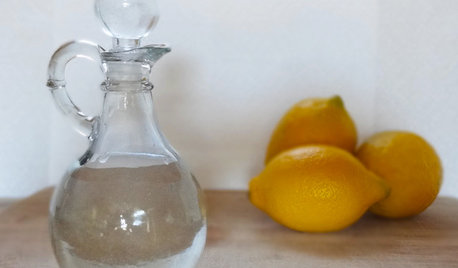
HOUSEKEEPINGVinegar and Voilà: Clean Your House the Natural Way
Ditch the commercial cleaners for nontoxic, inexpensive and versatile white vinegar
Full Story
SELLING YOUR HOUSE10 Low-Cost Tweaks to Help Your Home Sell
Put these inexpensive but invaluable fixes on your to-do list before you put your home on the market
Full Story
SELLING YOUR HOUSE10 Tricks to Help Your Bathroom Sell Your House
As with the kitchen, the bathroom is always a high priority for home buyers. Here’s how to showcase your bathroom so it looks its best
Full Story
EARTH DAYGrow a Beautiful Garden With Ecofriendly Greywater
Reducing home water waste means lower bills and a healthier planet. Here's how to set up a greywater home irrigation system that can help
Full Story
EDIBLE GARDENSNatural Ways to Get Rid of Weeds in Your Garden
Use these techniques to help prevent the spread of weeds and to learn about your soil
Full Story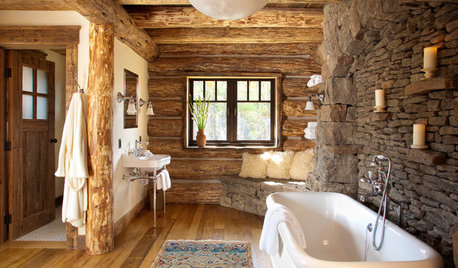
FEEL-GOOD HOME10 Essentials for Enjoying a Spa-Like Experience at Home
These ingredients will help create a bathroom setting conducive to relaxation
Full Story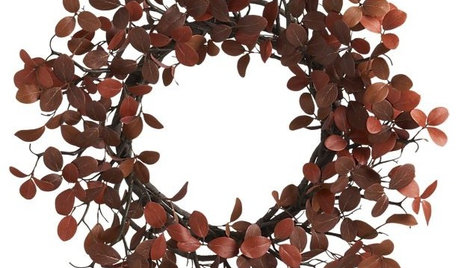
PRODUCT PICKSGuest Picks: Warm Fall Finds for the Home
Whether warm in color or texture, these decorative pieces will help take the chill out of the air this season
Full Story
GARDENING GUIDESLearn the Secret to Bigger and Better Roses
Grow beautiful roses using both ordinary and unusual soil amendments
Full Story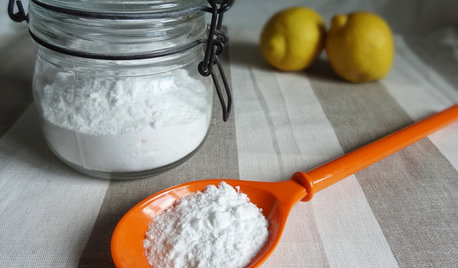
HOUSEKEEPINGBaking Soda: The Amazing All-Natural Cleanser You Already Own
Battle grime, banish odors and freshen clothes with this common nontoxic cupboard staple
Full Story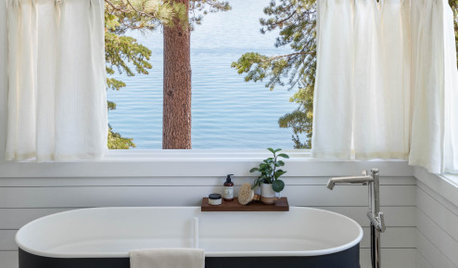
FEEL-GOOD HOMESimple Pleasures: The Art of the Bath
Turn your tub session into a spa-like experience with sensory treats and relaxing decor
Full StorySponsored






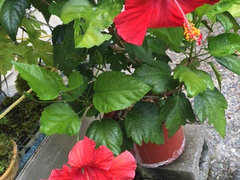
tapla (mid-Michigan, USDA z5b-6a)